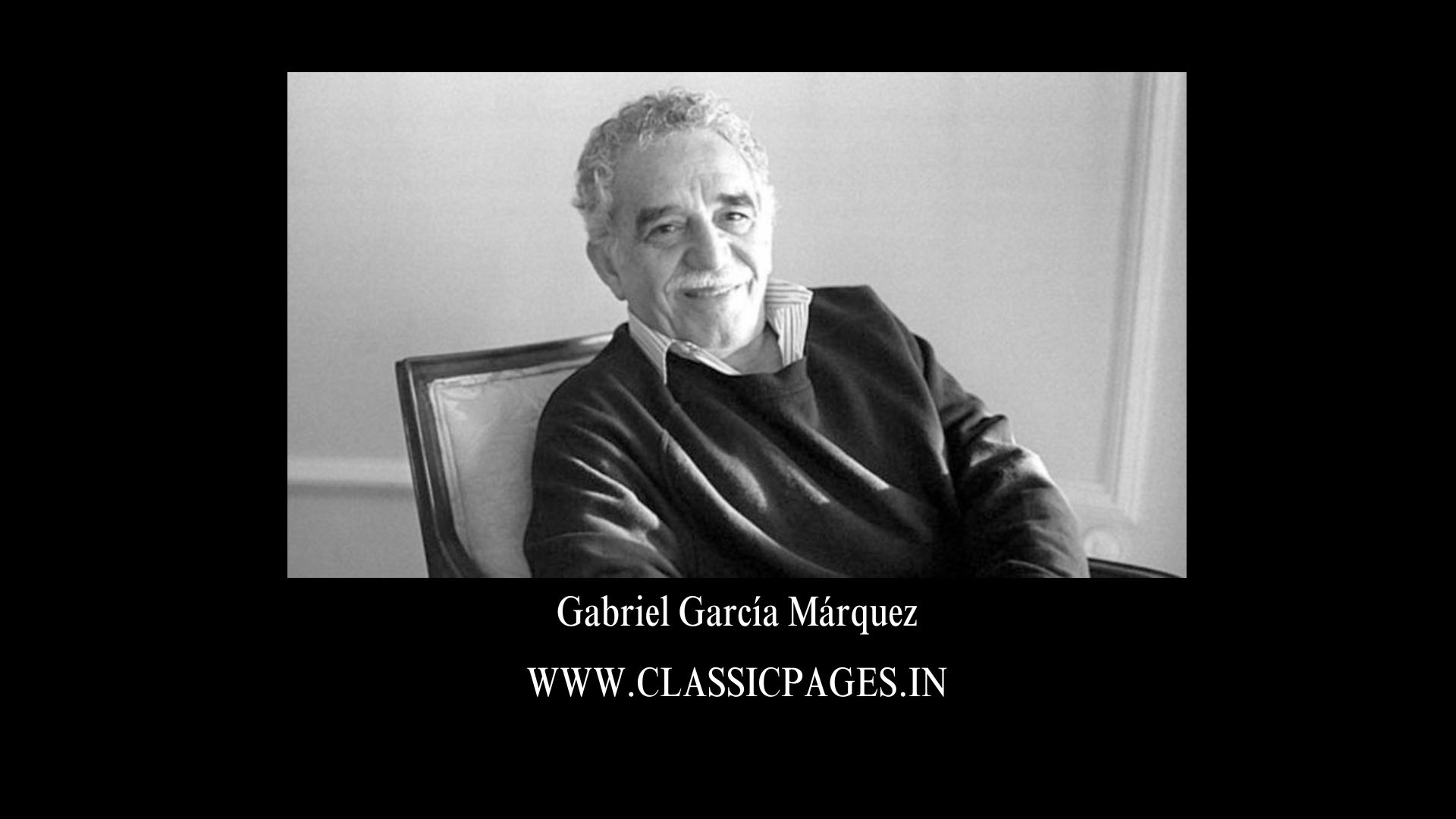Gabriel García Márquez, fondly known as “Gabo,” is a towering figure in world literature. Born on March 6, 1927, in Aracataca, Colombia, Márquez became synonymous with magical realism, a literary style that seamlessly blends the fantastical with the ordinary. His works have captivated millions, earning him the 1982 Nobel Prize in Literature and securing his place among the most influential writers of the 20th century.
Early Life and Influences
Gabriel García Márquez grew up in a small Colombian town that would later inspire the mythical setting of Macondo in his novels. Raised primarily by his grandparents, he was exposed to a rich tapestry of stories and folklore, which heavily influenced his narrative style. His grandfather’s tales of war and politics and his grandmother’s vivid storytelling became the bedrock of his literary imagination.
After studying law at the National University of Colombia, Márquez turned to journalism, a career that honed his writing skills and exposed him to the socio-political realities of Latin America. This journalistic background lent a sharp, observational quality to his fiction.
Landmark Works
- One Hundred Years of Solitude (1967)
Perhaps Márquez’s most celebrated novel, One Hundred Years of Solitude chronicles the rise and fall of the Buendía family over seven generations in the fictional town of Macondo. The novel’s intricate web of characters and events explores themes of love, power, and the cyclical nature of history. Its magical realism, where the extraordinary coexists with the mundane, captivated readers worldwide and redefined Latin American literature. - Love in the Time of Cholera (1985)
A profound meditation on love, aging, and the passage of time, this novel tells the story of Florentino Ariza and Fermina Daza, whose lives intertwine over five decades. Márquez’s lyrical prose and deep insight into human relationships make this a timeless masterpiece. - Chronicle of a Death Foretold (1981)
A blend of journalism and fiction, this novella reconstructs the events leading to the murder of Santiago Nasar. Its non-linear narrative and exploration of collective guilt highlight Márquez’s narrative experimentation. - The Autumn of the Patriarch (1975)
A searing critique of dictatorship, this novel paints a surreal portrait of a tyrant’s final days. With its sprawling sentences and stream-of-consciousness style, it showcases Márquez’s literary ambition.
Magical Realism: A Defining Legacy
Gabriel García Márquez is widely credited with popularizing magical realism, a genre that weaves fantastical elements into everyday life. Through his works, Márquez portrayed a uniquely Latin American perspective, where myths, dreams, and reality coexist. This approach allowed him to address complex themes—colonialism, identity, love, and loss—while captivating readers with his imaginative storytelling.
The Nobel Prize and Global Recognition
In 1982, Márquez was awarded the Nobel Prize in Literature “for his novels and short stories, in which the fantastic and the realistic are combined in a richly composed world of imagination, reflecting a continent’s life and conflicts.” His acceptance speech, titled The Solitude of Latin America, eloquently highlighted the region’s struggles and aspirations, further cementing his role as a literary ambassador for Latin America.
Journalism and Political Activism
Beyond fiction, Márquez was a dedicated journalist and an outspoken political activist. He covered significant events, such as the Cuban Revolution, and maintained close relationships with figures like Fidel Castro. His political views often stirred controversy, but they also informed his works, which frequently critique power structures and social injustices.
Personal Life and Legacy
Márquez married Mercedes Barcha, his lifelong partner, in 1958, and they had two sons, Rodrigo and Gonzalo. Despite his global fame, he remained deeply connected to his Colombian roots, often drawing inspiration from the landscapes and cultures of his homeland.
He passed away on April 17, 2014, in Mexico City, but his influence endures. From literary scholars to aspiring writers, generations continue to draw inspiration from his works.
Fun Facts About Gabriel García Márquez
- He wrote One Hundred Years of Solitude in just 18 months, often pawning household items to support his family during the process.
- Márquez was a devoted fan of Ernest Hemingway, even meeting him once in Paris.
- His friendship with political leaders like Fidel Castro sparked debate, yet he remained unapologetic about his convictions.
Why Gabriel García Márquez Matters Today
Márquez’s works transcend time and place, offering readers universal truths wrapped in the magic of his prose. His ability to capture the essence of Latin America while addressing global themes ensures his relevance in today’s literary landscape. Whether you’re drawn to the mythic grandeur of One Hundred Years of Solitude or the poignant love story in Love in the Time of Cholera, Márquez’s writings promise an unforgettable journey.
Conclusion
Gabriel García Márquez stands as a literary giant whose works have redefined storytelling. His innovative use of magical realism, combined with his deep understanding of human nature, makes him a beacon for readers and writers alike. Explore his novels, and you’ll discover not just tales of wonder but profound insights into the human condition.
Check out Classic Pages – your ultimate book renting app! 📚✨
📖 Explore a vast collection of books, rent your favorites, and dive into endless stories anytime, anywhere!
📲 Download Now:
👉 Android: Get it on Google Play
👉 iOS: Download on the App Store (Insert iOS link)💡 Why Classic Pages?
✅ Huge selection of books 📚
✅ Affordable & convenient rentals
✅ Read anytime, anywhereJoin the Classic Pages community today and expand your reading horizons! 🚀


Leave a Reply